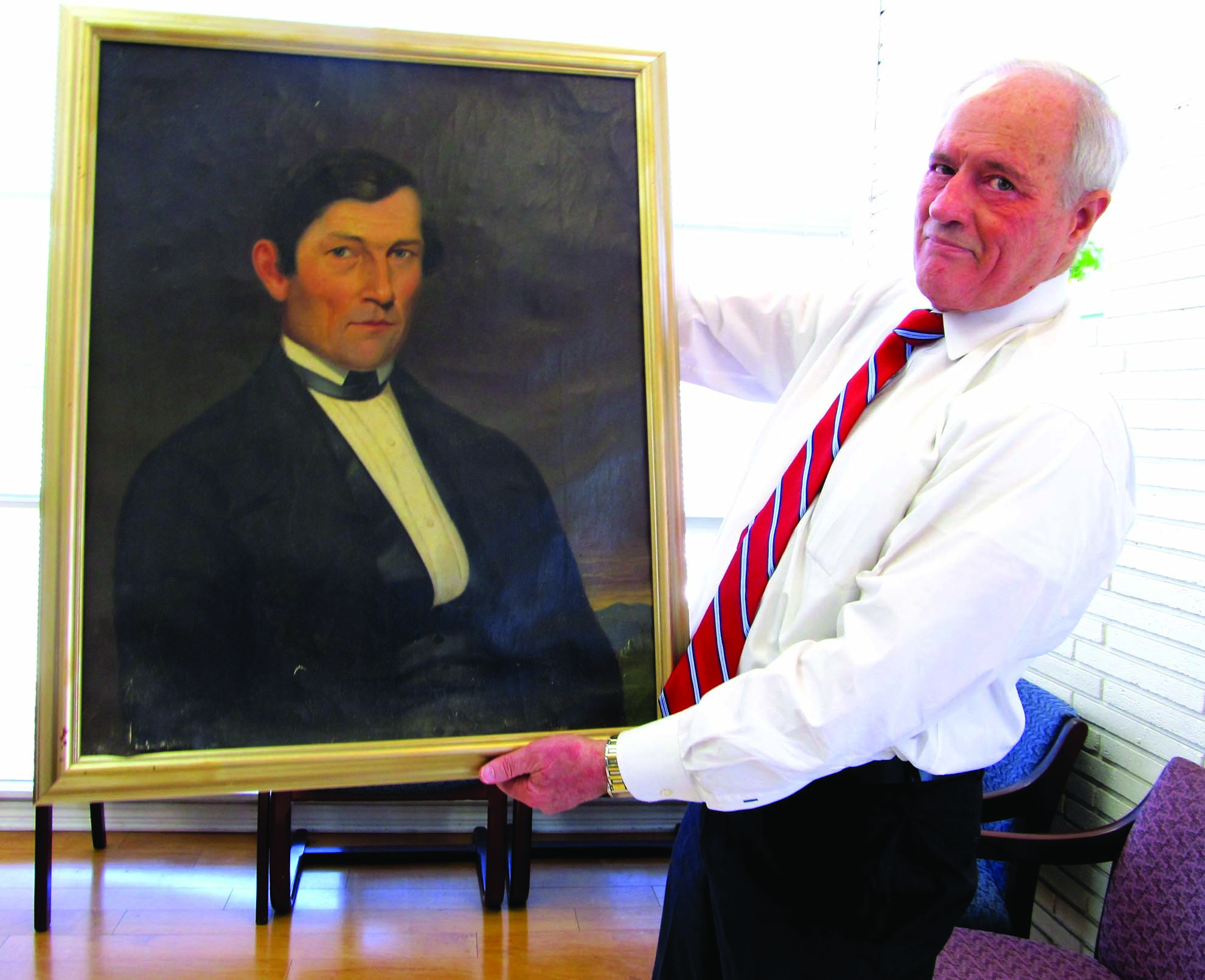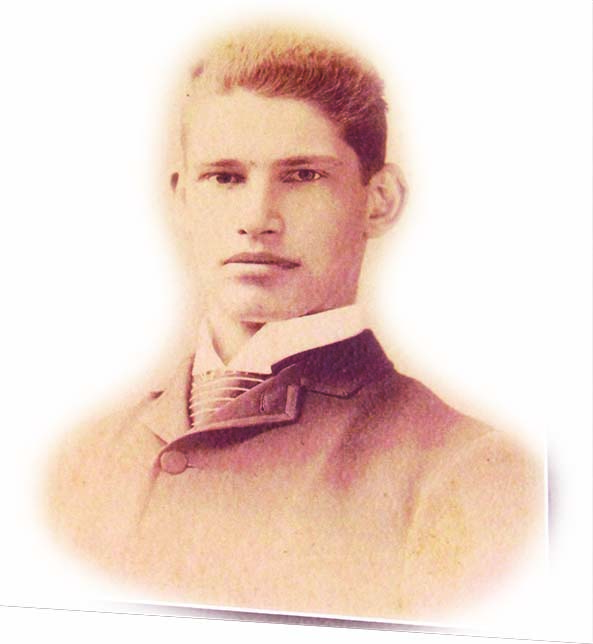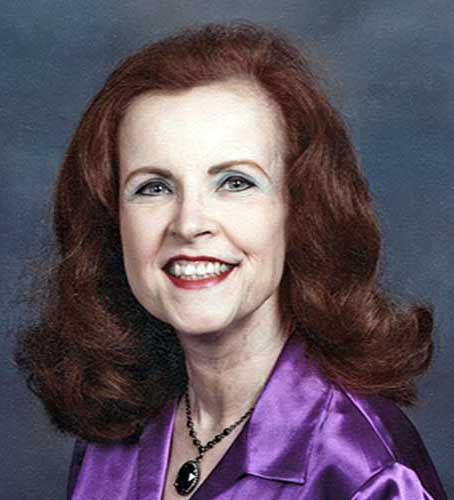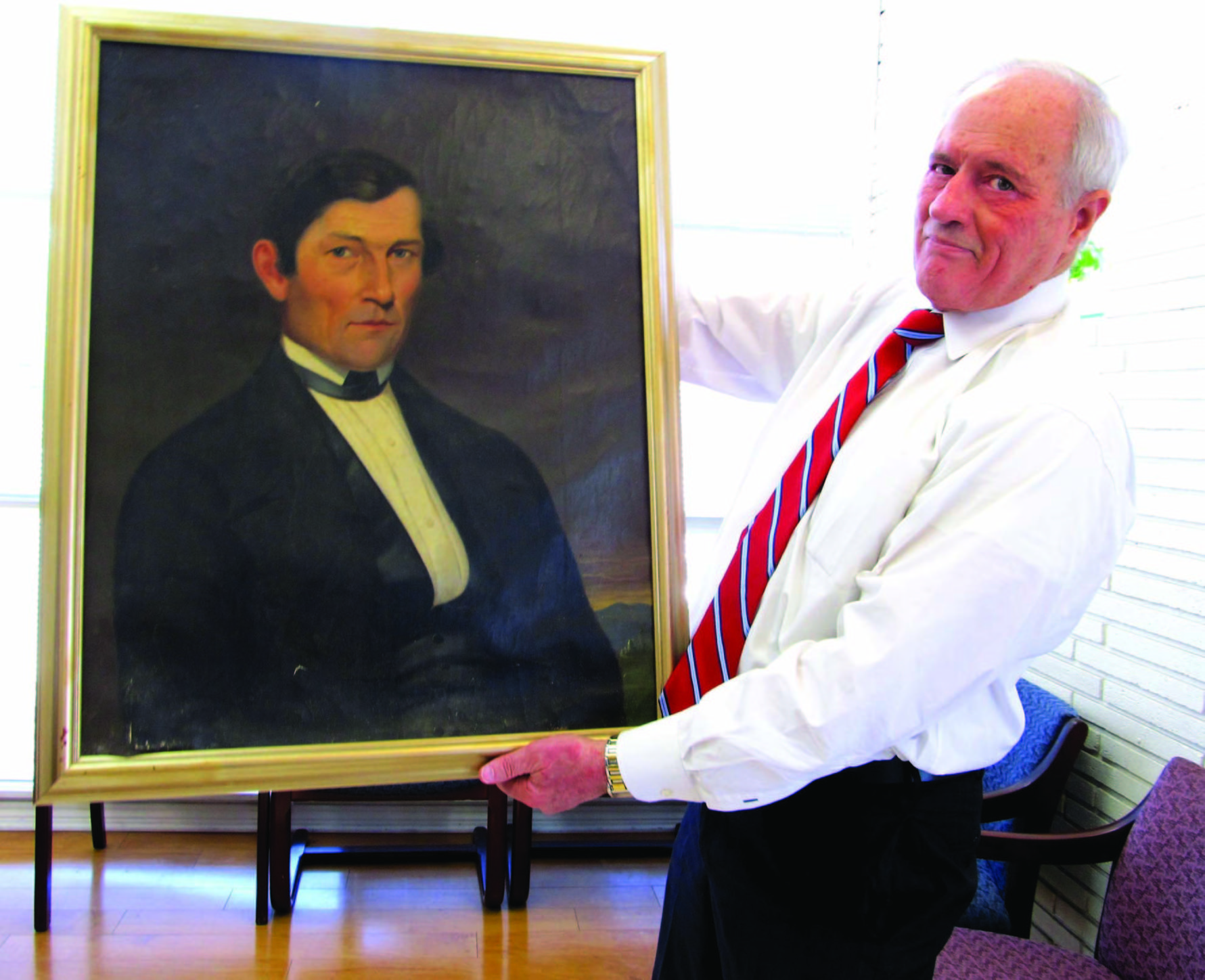BY CAROL BAASS SOWA
TODAY’S CATHOLIC

SAN ANTONIO • Explore one trail in San Antonio’s history and you will likely uncover a dozen more. In the case of architect Frederick “Fred” Bowen Gaenslen (granduncle of former State Representative and Bexar County Commissioner Thomas F. “Tommy” Adkisson), the figurative “unpacking” of Gaenslen’s life led to the very literal unpacking of newly arrived family portraits of Gaenslen ancestors, bequeathed through the recent passing of a cousin in Virginia. Their stories and those of ancestors in portraits already gracing the walls of Adkisson’s Southside law office offer vignettes of San Antonio, Texas and American history.
“It doesn’t take long to trot down the road of life before it’s over,” says Adkisson, who notes that if an effort is not made to preserve family history, it will be lost. “What was not lost,” he says of the Gaenslens, were “reflections on the greatness of those who came and were a part of the family.”
Frederick Bowen Gaenslen

Fred Gaenslen, born in San Antonio in 1869, was educated at St. Louis College (now St. Mary’s University) and studied architecture at the Massachusetts Institute of Technology (MIT). He worked as a draftsman in Boston until the early 1890s, then moved to Philadelphia, where he practiced architecture and married Neva Fisk. The young couple soon moved to San Antonio, where Gaenslen was initially listed in the city directory as a music teacher. Musical talent ran in the family, notes Mary Louise Gaenslen Adkisson (Tommy Adkisson’s mother), who recalls her father, George (Fred’s brother), played the flute, while other relatives excelled on the piano. Possibly, Gaenslen could have put his musical skills to work while establishing himself as an architect here.
The Gaenslens were prominent members of San Antonio’s Catholic community and his architectural career blossomed into an impressive roster of work in the Romanesque Revival style for the Catholic Church and various religious orders throughout Texas. A number of his buildings have been designated historical landmarks. San Antonio Catholics surely will have been in or driven past one or more of his major structures here, which include: the Chapel of the Incarnate Word, Our Lady of the Lake Convent, St. Mary’s Church and rectory, St. John’s Seminary, St. Gerard Church, rectory and school; and St. Anthony School.
His first major commission, however, was St. Joseph Church and Academy in Dallas, and his largest is said to be Sacred Heart Church in Brownsville, which later became a chapel of Immaculate Conception Cathedral. Outside of San Antonio, he was also the architect for the second St. John the Evangelist Church in Hondo (now, its church hall); St. Michael Church, Cuero; Holy Cross Church, Yorktown; St. Philip the Apostle Church, El Campo; and Blessed Sacrament Church, Houston. He joined prominent architect Atlee B. Ayres in supervising the reconstruction of the collapsed tower at Mission San José in 1929. Gaenslen was not the first on his family tree to have an impact on his place and time.
Ralph W. Peacock, aka John Bowen
Bowen’s Island, once a well-known peninsula in the San Antonio River downtown, received its name from owner John Bowen, first postmaster of San Antonio and grandfather of Fred Gaenslen. Bowen’s name was not originally Bowen, however, but Ralph W. Peacock and he left his mark on San Antonio under both. Born in 1801 in Pennsylvania, Peacock spent many years in South America before arriving in Texas in the early days of the Republic of Texas, where he became a close friend of Stephen F. Austin. (Peacock’s grandfather, Daniel Steinmetz, was a close friend of George Washington and a financial backer of the American Revolution.)
Peacock settled in San Antonio, where, at the request of his dying half-brother in Jamaica, John Bowen, he agreed to carry on the childless man’s name by legally making it his own, accomplished through an act of the Texas Legislature. Known as a man of “great firmness of character,” in addition to operating the post office out of his home, La Quinta, for many years, he was elected and ably served terms as a city alderman and city treasurer, later being appointed county commissioner. During the Civil War, he remained loyal to the Union, despite threats of burning down his home, and was said to have been a member of the Underground Railroad.
In 1850 the new “John Bowen” married Mary Elizabeth Peacock, widow of his brother George Peacock, in San Fernando Cathedral.
Dr. John Jacob Gaenslen
Mary Elizabeth Peacock brought to her second marriage a daughter, Mary, who was adopted by John Bowen (formerly Ralph Peacock) and later married Dr. John Jacob Gaenslen in a ceremony performed on Bowen’s Island by Bishop Claude Dubuis. Mary, like her adoptive father, had been a staunch Unionist, and the young couple must have had some very interesting conversations, Adkisson notes, as the doctor, originally from Virginia, was a friend of Robert E. Lee and had been Surgeon-in-Chief of the Confederate Army in Texas. A pioneer physician and surgeon, he was held in high regard for his successful treatment of San Antonio’s cholera epidemic of 1866 and went on to help found what later became the Bexar County Medical Society.
The couple, whose portraits hang on the walls of Adkisson’s law office, lived on Eastside acreage owned by the Bowen family, and Adkisson relates Mary (the Unionist) changed their street’s name from Bowen to Dumoulin in honor of Father J. Anthony Dumoulin, who came to San Antonio following the Civil War to minister to the freed slaves. Their children included architect Fred Gaenslen and engineer George Gaenslen, maternal grandfather of Adkisson, who recalls hearing tales of his grandfather, as a child, playing with little Douglas MacArthur at Fort Sam Houston and looking the captured Geronimo in the face at the Quadrangle. Mary Bowen Peacock Gaenslen’s name is on a stained glass window at St. Gerard Church, which was designed by her son, Fred.
Dr. Henry Mandeville Stillé
Among significant names added to the Gaenslen family tree through marriage is Dr. Henry Mandeville Stillé from Pennsylvania, son of Dr. Alfred Stillé, an organizer, and president of the American Medical Association (AMA). Henry Stillé served as a doctor in the Union Army during the Civil War, then moved to Texas and Mexico, where he married Maria Luisa Garza from a prominent Saltillo area family. Their five children included twins, Maria and Luisa, with Luisa later marrying George Gaenslen. A framed photo in Adkisson’s office shows a formal banquet held in 1911 in Saltillo for President of Mexico Francisco Madero, with his great-grandmother as a guest. Henry and Mary Louisa’s portraits also hold places of honor in Adkisson’s office.
George Henry Noonan
Another name that resonates locally on this branch of the Gaenslen family tree through marriage is that of the distinguished Texas jurist George Henry Noonan, who married Mary Gaenslen’s half-sister, Sarah Cornelia Bowen. Described as “universally loved,” the popular Noonan went on to become the first Republican elected to Congress in Texas since the end of Reconstruction. His granddaughter, Mary Ann Noonan Guerra, was a major chronicler of San Antonio’s history and advocate for the missions, as was her husband, television newsman Henry Guerra.
O’Neil Ford
Mary’s half-sister, Martha Isabella, had noteworthy ties as well, marrying Leonard Wojomir Orynski, a Polish patriot, and exile who established the first wholesale drug store in San Antonio, the San Antonio Drug Company. Their daughter, Elizabeth Orynski Graham, and her daughter, Wanda Graham Ford, were both leading forces in and past-presidents of the San Antonio Conservation Society, which helped preserve San Antonio’s missions, and Wanda’s husband, O’Neil Ford (a leading architect of the Southwest, whose projects included the Tower of the Americas, Trinity University, and Assumption Seminary’s chapel, was a founding principal of Ford, Powell & Carson, the Archdiocese of San Antonio’s restoration architects for the Old Spanish Missions since the ’60s.
Samuel Frederick Gaenslen
A final portrait, larger than the rest and still boxed from its recent delivery, was carefully extracted to reveal a painting of Samuel Frederick Gaenslen, father of Dr. John Jacob Gaenslen and likely the namesake for architect Frederick Bowen Gaenslen whose story led to so many others. The patriarch of the Gaenslen family would have been proud to see his portrait surrounded by such distinguished progeny.
 Carol Sowa is a Staff Writer for Today’s Catholic Newspaper
Carol Sowa is a Staff Writer for Today’s Catholic Newspaper


